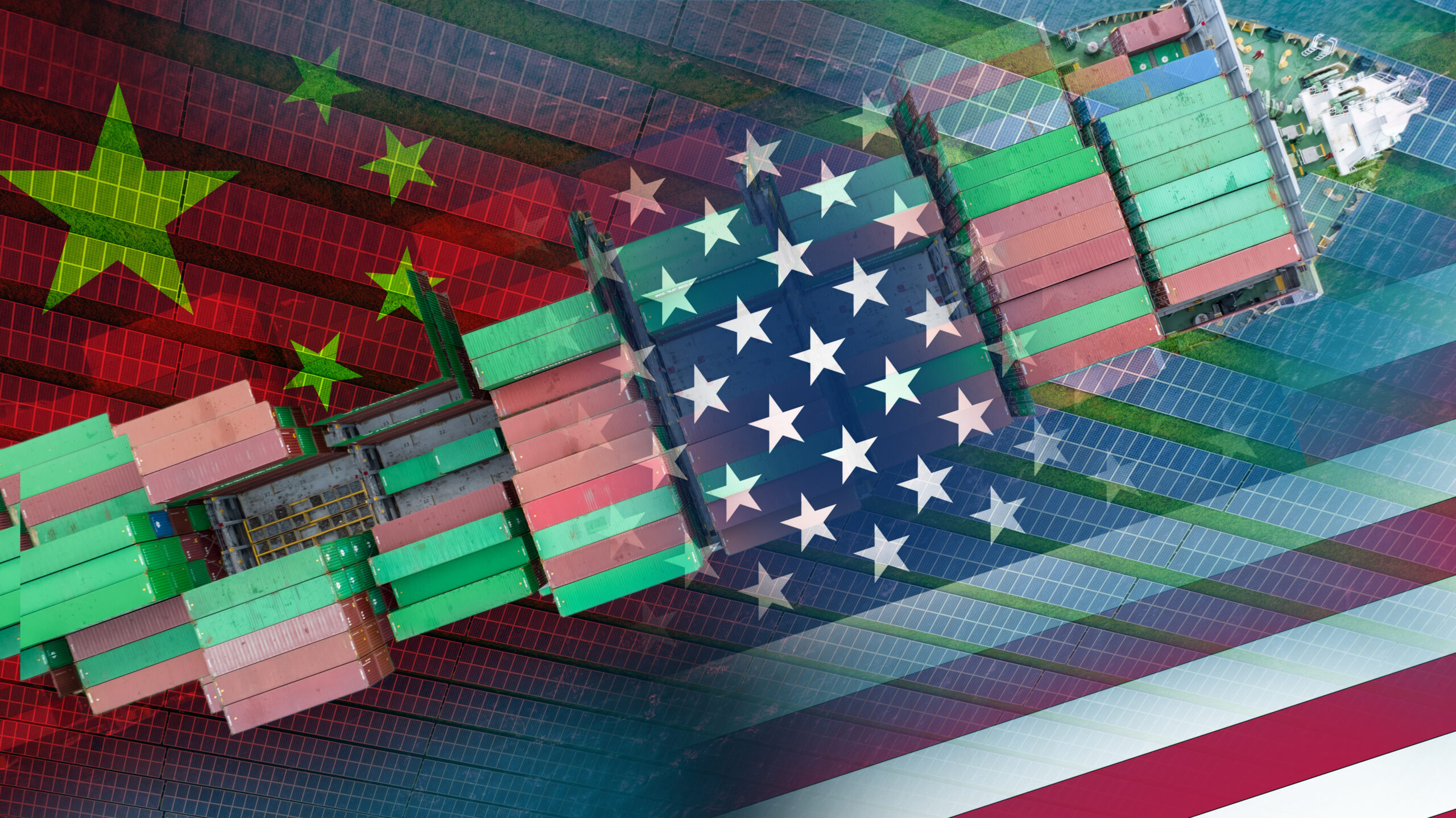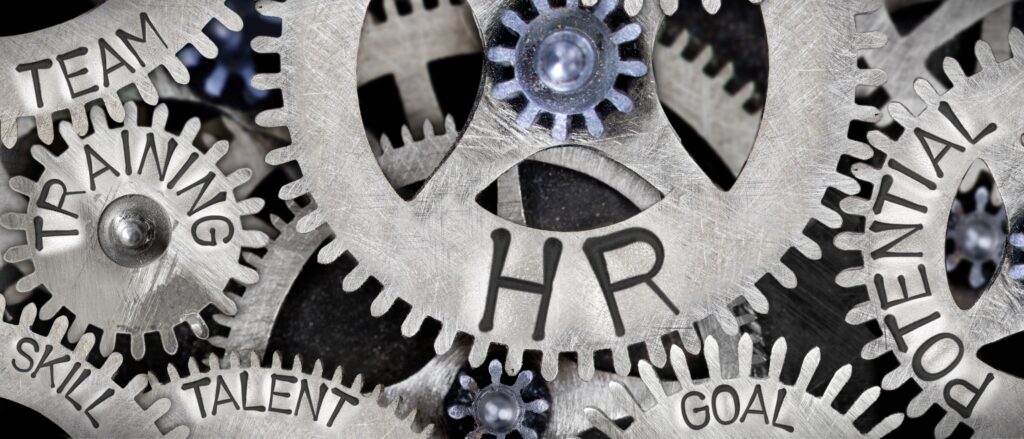
Navigating Tariffs & Trade Tensions | vcfo
June 5, 2025
Tariffs and Trade Tension: What You Should Be Asking (and Doing) in Your Business
CEOs vary widely in their concern over the recently intensifying tariff discussions and trade policy shifts. Some see it as a looming crisis; others barely register it as a concern. Much of that reaction typically depends on how reliant a company is (or how reliant their executives think they are) on international materials or markets. While the specifics of global negotiations may sometimes feel far removed from day-to-day business operations — especially for small- and mid-sized companies — business owners shouldn’t ignore the situation. As Ayn Rand once said, “You can ignore reality, but you cannot ignore the consequences of ignoring reality.” Here, we explore five questions that owners and executives should assess and address to solidify their business position as the tariffs picture clears and new trade landscape takes more shape.
Are You Taking an Objective, Proactive Approach?
Letting uncertainty fuel anxiety isn’t a strategy. It’s important to stay objective and focus on what’s actually unfolding. The long-standing trade imbalances between the U.S. and many global partners are at the heart of the current discourse, and for better or worse, they’re being addressed. Recent developments point to movement in the right direction—expanded market access agreements with the U.K., ongoing alignment under the USMCA, and broader conversations among global trading partners aimed at reducing tariffs altogether.
Still, the big question mark is China. Changes there will take longer and likely have a more significant impact on supply chains and costs. That’s why now is the time to objectively assess where your business vulnerabilities lie, weigh the possible outcomes, and plan/act accordingly. This moment is as much about preparation as it is about perspective.
Should You Be Rethinking Your Supply Chain?
One of the clearest areas of potential disruption from tariffs is the supply chain. If access to goods from key regions is limited or halted, businesses could face delays of months, not weeks. The time it takes for goods to leave international ports and arrive in the U.S. is an important early indicator of trouble. Are transit times holding steady, or are they starting to slip? Can you employ diversification strategies to contract with alternative suppliers in other (more business friendly) countries, or, even better, suppliers in the US that can supply you with similar goods and services?
If shipments stop, delays will cascade—first from a lack of inventory, then from the time it takes to negotiate new agreements and restart manufacturing. Should such a scenario come to fruition, six months to even a year of disruption would be expected. To get ahead of that risk, some companies are building strategic reserves of critical supplies and accelerating procurement timelines. These are practical, not panicked, measures that can protect production continuity.
Is This a Wake-Up Call for Your Operations?
The current trade environment should also serve as a reminder to reinforce the fundamentals. Now is the right time to tighten internal operations, especially financial reporting and scenario planning capabilities. Clear, timely financial data allows for better modeling and faster, more confident decisions in volatile environments. Strengthening back-office functions—the often overlooked systems that keep your business running—can increase agility, reduce risk, and help you stay compliant through shifting regulations. Strong operational foundations aren’t just nice to have; they’re a competitive advantage amid uncertainty.
Using Value Engineering to Redesign Products and Services Amid Tariff Pressures
Companies are increasingly turning to “value engineering” as a strategic tool to mitigate cost pressures while maintaining product integrity. Value engineering is a systematic approach that analyzes the functions of a product or service with the goal of achieving the desired performance at the lowest total cost, without compromising quality or customer value.
By re-evaluating components, materials, and manufacturing processes, organizations can redesign products to source more cost-effective materials, reduce reliance on tariff-affected imports, or simplify assemblies to reduce labor and logistics costs. For example, substituting parts currently sourced from high-tariff countries with locally available or tariff-free alternatives can significantly ease supply chain burdens.
Beyond materials, value engineering can also extend to services. Rethinking how a service is delivered—whether through automation, digital self-service, or regional partnerships—can help companies sidestep rising input costs while improving customer experience.
Ultimately, value engineering aligns cross-functional teams around cost-efficiency and innovation. In times of economic or geopolitical pressure, it’s not just a cost-saving exercise, it’s a resilience strategy that can preserve margins and strengthen competitive advantage.
Do you know what you need to know about tariff clauses?
Heightened uncertainty around tariffs have also led to tariff clauses surfacing more in contractual agreements. Such clauses typically allocate responsibility for tariff-related expenses—whether they are absorbed by the supplier, passed on to the buyer, or shared—and may be triggered by changes in trade policy or international regulations. It’s crucial to assess the potential financial exposure and ensure the language is clear, fair, and consistent with the company’s risk tolerance and supply chain strategy. Negotiate these terms proactively and model the potential cost implications under different tariff scenarios. Additionally, reduce your risk by having an experienced advisor review and/or help construct these clauses. Don’t let unexpected costs sneak in through the fine print.
What’s the Practical Next Step?
Rather than waiting for things to settle down, business leaders should take a “control what we can control” mindset. There are already signs that efforts to recalibrate global trade are working—and while tensions remain, the trajectory could ultimately benefit long-term U.S. business interests. Still, businesses should be thinking now about important factors such as where and how to build strategic inventory reserves, how revenue streams could shift if certain markets become inaccessible, what contingencies look like for key inputs and operations, and related factors.
Use this time to run “what if” scenarios. What happens if you can’t access a specific material or market for 3, 6, or 12 months? How will that affect your cash flow, operations, and growth plans? Anxiety is understandable, but it can be managed with a thoughtful, measured approach.
Position Your Business for What’s Next
There’s a lot going on at the moment. The outside-looking-in view most have of the trade shifts make resolutions feel complex and often slow-moving—but when they break, they can break fast. Don’t wait for a crisis to get prepared. Assess risk, run scenarios, form plans, and take steps to ensure your company remains resilient, no matter where the trade winds blow.
—
Need help assessing your company’s vulnerabilities and strengthening your business position amid the shifting trade and tariff winds? Request a Free Consultation to learn how vcfo can help. We’ve partnered with leaders from over 6,000 businesses in our 29-year history and are ready to put our experience to work for you.





